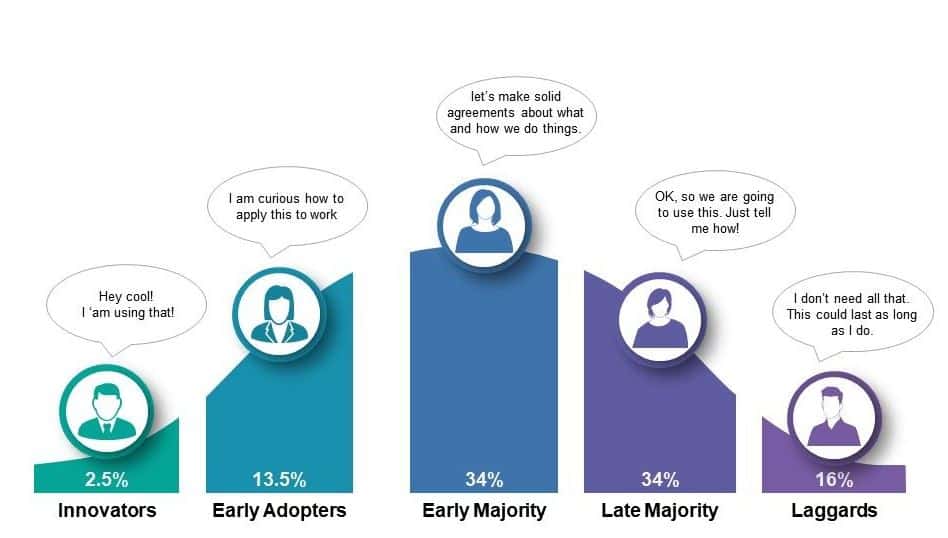Central produce markets, as an essential industry, have to some extent been less affected by the forced changes many other businesses have had during this pandemic.
But just outside our central produce markets, we can all see that things have really changed in fundamental ways. We read about it every day, see it in the way consumers are spending their money, and experience it at home and in our community.
A great piece of advice from McKinsey is that lasting changes are just over the horizon. Business leaders are navigating their organizations through the three phases of the COVID-19 response: 1) navigating the current crisis with resolve and resilience, 2) planning for the recovery, and 3) re-imagining the next normal. 1 has happened, 2 and 3 are happening now.
Next year we will start to see what the new normal will really look like. We know it is going to be different. There is growing awareness that there are big commercial opportunities in using information and communication to get more organised, to spend less on moving people and goods around, and to find new ways of giving customers exactly what they want when they want.
The research is there too. Companies that do business with other businesses who successfully master digital transformation have 8% more shareholder returns and five times more revenue growth than their peers.
https://www.forbes.com/sites/blakemorgan/2019/06/14/b2b-digital-transformation-2020/#4fe285331a5f
https://www.mckinsey.com/business-functions/marketing-and-sales/our-insights/how-b2b-digital-leaders-drive-five-times-more-revenue-growth-than-their-peers
At the HiveXchange we hear that yes OK – but doesn’t apply to the central market. Why? The central market is physical, buyers want to touch and see, things change quickly. All of that is true. But there are other truths as well.
A significant proportion of buyers ring, message, and email market traders before they come in. Those buyers are using digital tools already. Do their messages get lost? Yes. Do traders get overwhelmed by messages? Yes. Could it be less chaotic? Yes. Could service be improved? Yes.
Even inside central markets, with established behaviours and relationships, there are many opportunities to make much better use of the technology that we carry with us. These opportunities lie just below the surface of daily operations.
As the world outside changes, customers’ expectations change, and that will filter into all markets. Customers have traditionally adapted new ideas along an “adoption curve”. About 15% of the population are quite innovative and pick things up really early. They pick it up and following them about 70% of the population are a collection of earlier adopters and the general majority. A further 15% will pick things up very late.
For businesses that innovate with information and services, if they can recruit their customers early to new ways of doing things, it can be very difficult for their competitors to catch up. Why? Because businesses learn with innovators and those learnings allow them to exploit the majority of customers that will follow the innovators. Everyone else plays catch up.
The early adoption curve is true even in the central markets. With the new technologies we have introduced we see a take up rate of about 15% of buyers invited by agents to participate in using the innovations.
Is the pandemic changing anything in our central produce market?



 by Antonio Palanca
by Antonio Palanca August 26, 2020
August 26, 2020 0.
0.